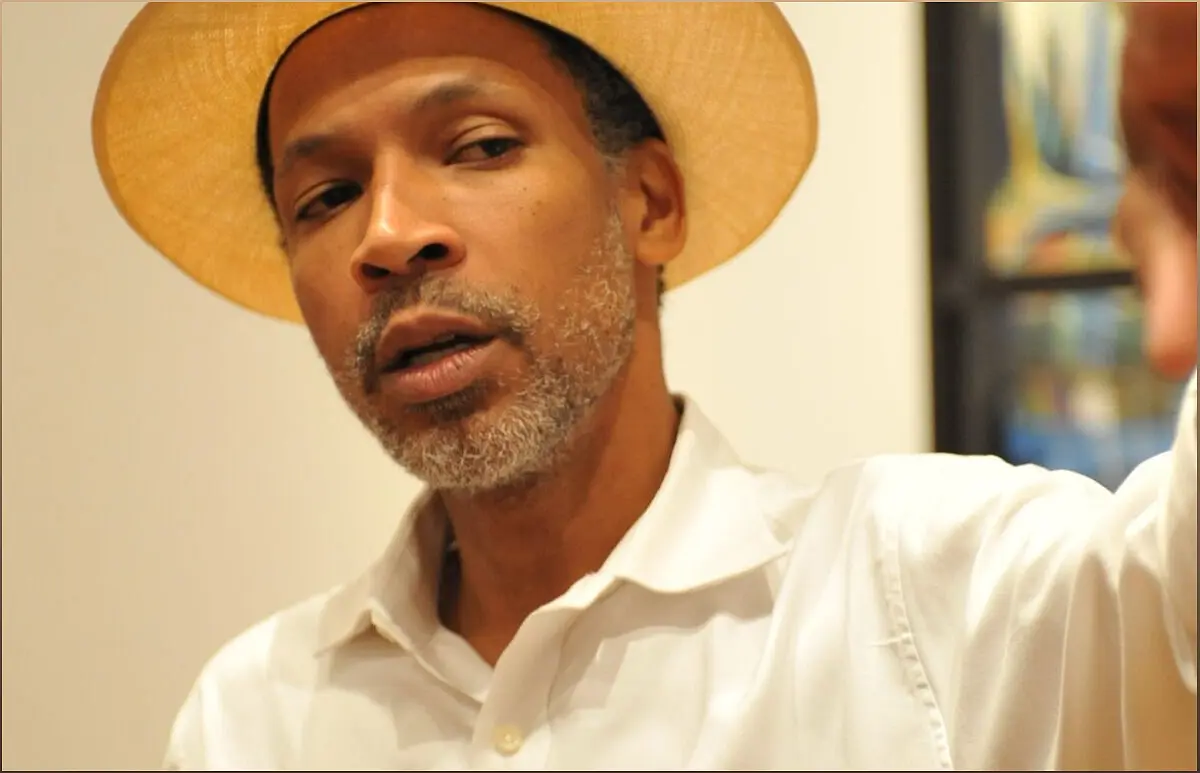Delve into the captivating world of Radcliffe Bailey, a prolific visual artist whose work beautifully captures the essence of the African American experience. With a profound focus on family, ancestry, and the collective journey of Black people, Bailey's artistry serves as a testament to resiliency and connectivity. Join me on a journey through his remarkable works that depict personal narratives, historical references, and the profound impact of the diaspora.
The Artistic Journey Begins
Explore Radcliffe Bailey's early life and artistic development
Radcliffe Bailey, born in New Jersey in 1968, embarked on a remarkable artistic journey that would captivate audiences around the world. Growing up in Atlanta in the 1970s, Bailey's passion for art flourished as he attended the Atlanta College of Art. It was during this time that he began exploring themes of ancestry, race, and memory, laying the foundation for his unique artistic style.
With a focus on painting, sculpture, and mixed media, Bailey's early works showcased his deep connection to his family and the African American experience. Through his art, he aimed to tell stories, evoke emotions, and shed light on the collective journey of Black people.
Memory as Medicine: A Mid-Career Retrospective
Discover the unforgettable exhibition that showcased Bailey's most iconic works
In 2011, the High Museum held a mid-career retrospective of Radcliffe Bailey's work titled 'Memory as Medicine.' This groundbreaking exhibition offered a comprehensive look at Bailey's artistic evolution and featured some of his most unforgettable pieces.
One of the standout works from the exhibition was 'Windward Coast,' a powerful depiction of a black head drowning in a sea of piano keys. This artwork symbolizes the tragic history of those thrown overboard during the middle passage, highlighting the resilience and strength of the African diaspora.
Another notable series showcased in the retrospective was 'Notes from Elmina,' where Bailey painted directly on classical composition sheet music. By juxtaposing the music as an icon of Western culture with African sculpture and landscape, Bailey explored the complex relationship between the two.
Layers of Meaning: The Artistic Techniques
Uncover the intricate layers and symbolism in Bailey's artwork
Bailey's artwork goes beyond the surface, inviting viewers to delve into layers of meaning and symbolism. One of his most identifiable works, 'EW, SN' (2011), is a dark painting that represents his family's migration and the broader migration of Black people within the United States.
Through his collages and assemblages, Bailey weaves together disparate objects to tell stories and create connections. His use of motifs such as train tracks and water adds depth and richness to his artwork, while also referencing the collective forced migration experienced by Black people.
By incorporating personal family images and references to African American history, Bailey's art becomes a powerful medium for self-expression and storytelling. Each piece invites viewers to connect with his experiences and reflect on their own place within the larger narrative of the African American experience.
Legacy and Impact
Explore the lasting legacy and global impact of Bailey's artwork
Radcliffe Bailey's artistic contributions have left an indelible mark on the art world. His thought-provoking works continue to be exhibited in galleries and museums around the world, captivating audiences with their profound narratives and artistic brilliance.
Through his exploration of themes such as family, ancestry, and the African diaspora, Bailey has created a legacy that celebrates the resiliency and connectivity of the African American experience. His art serves as a powerful reminder of the importance of representation and the ability of art to spark conversations and foster understanding.
As we reflect on the life and work of Radcliffe Bailey, we are reminded of the transformative power of art and the enduring impact it can have on individuals and communities. His legacy will continue to inspire future generations of artists and art enthusiasts alike.

